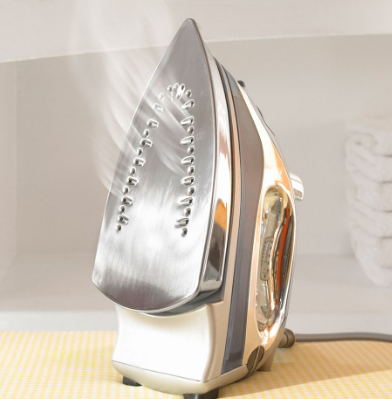How to stop gout with no diet changes
One of the easiest non-treatable chiro/osteo/physio things to diagnose with confidence is gout.
If they turn up with a red, swollen, big toe joint barely able to walk, it is going to be towards the top of the list.

Truly low hanging diagnostic fruit.
And allopurinol is a relatively safe drug to be taken long term, although given gout is a remitting, relapsing issue, I do wonder if everyone on it long term actually needs to be?
We could lower purine rich foods, because they breakdown into uric acid. However, the idea of a low purine diet to stop gout is dubious at best, and I cannot say I have ever seen it work clinically or on uric acid levels on bloods.
The issue is that purines are nucleic acids, and we use them to make DNA/RNA, it is part of the folate cycle.
So we synthesise our own purines regardless of the dietary intake.
Plus, did you know that uric acid is a powerful anti-oxidant?
50% of the bloods anti-oxidant capacity is from uric acid.

So one of the more common causes of high uric acid is a sustained inflammatory response.
The theory is that as inflammation goes up (your immune system is trying to kill a perceived threat with free radicals creating oxidative damage), you need to increase your anti-oxidant defences with uric acid.
Anyway, the mystery is that low uric acid does not rule out gout, and although high uric acid is often seen in gout, some patients with high levels remain symptomatic for years.
Plus, although uric acid crystal deposition is the pathological hallmark of gout, uric acid can be found in the synovial space between attacks, with no symptoms at all.
So something needs to spark the fires of active, overt inflammation from the smouldering low grade inflammation priming us.
One candidate would be iron.

Iron is found in the synovial membrane and when complexed with urate crystals in-vitro there is a dose dependent stimulation of oxidative stress plus release of pro-inflammatory lymphokines. Indeed, removal of iron via chelation prevents such responses.
So, a few years ago, a team took 12 patients with recurrent gout and lowered iron in the easiest way you can……bleed them.


They took their iron down to the point of near deficiency.
And the results after 2 years?


A pretty remarkable result.
ACTIONS TO TAKE:
– If you have patients with recurrent gout, tell them to try giving blood every 3 months, that is the easiest way to get iron without medics getting directly involved. Not only might it help their gout, they can also help the blood bank and feel virtuous while they are at it.
